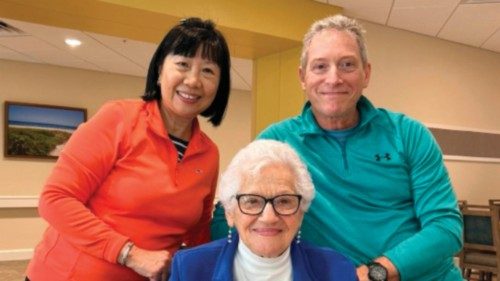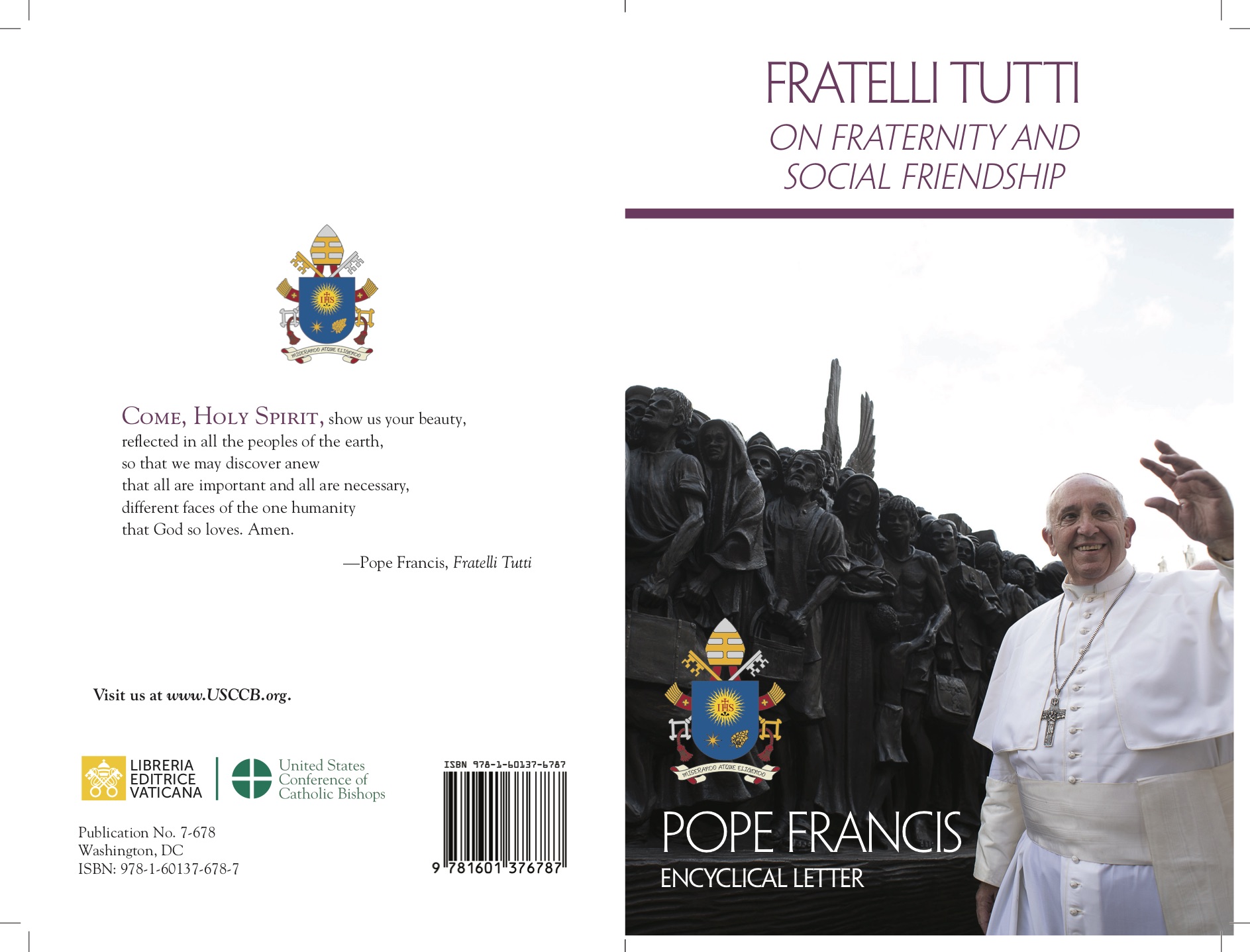
Maria Grazia Lancellotti has reconstructed events surrounding the lives of 1,000 refugees who, thanks to U.S. President Roosevelt, left Naples on 20 July 1944 aboard the Gibbons, headed for the United States. Among them was a young Polish Jewish girl, who was saved from the Nazis’ clutches by a brave Roman couple. She is now 86 years old and lives in the United States.
Roberto Paglialonga
In 1944 Gertrude is just five years old. She belongs to a Polish family of Jewish origin. In Europe, where the Shoah machine has begun its death march, her fate seems sealed. She flees France with her parents and reaches Rome. The capital is occupied by Nazi-fascist forces, and the girl and her father are captured. The two are locked up at Regina Coeli prison to await their transfer to Fossoli (near Carpi) and then to Auschwitz. Fate, it is known, can be cruel, often even abominable, and it’s enough to belong to the “wrong” religion or people to lose every chance at a future. And yet, sometimes, more than one would think, fate is surprising, and it is necessary to know how to identify, as Italo Calvino said, “who and what, in the midst of hell, are not hell”. That is when tragedy becomes an opportunity for rebirth and salvation. They are the sliding doors of life.
In February of that year, Isidor Stricks (the girl’s father) and Trudy are about to be transported to the concentration camp in a truck. As soon as the vehicle starts to move, just in the nick of time, Isidor hands his daughter over to an unfamiliar woman watching the deportation. Her name is Marcella Ficca, she is the wife of Alfredo Monaco, a night doctor at the prison. It’s an instant. It’s a tragic scene which seems cinematographic, and the image of the truck driving away, leaving behind an existence, brings to mind the scene with Anna Magnani in the unforgettable “Roma Città Aperta”. Trudy, however, will have a decisively different destiny than Pina, the main character in Rosellini’s film. Alfredo — who was health director of the Forlanini hospital for nearly 15 years, starting from 1966 — and Marcella protect and “adopt” her for several months. Words are useless among them, as Polish and Italian are incomprehensible to each other; instead, the language of charity and love as gift wins out.
In June of 1944, the girl’s mother, Fanny, who had been hiding in a convent during those months, finds her daughter thanks to the Jewish community’s help. From that moment, all trace of Gertrude disappears. Until now.
Professor Maria Grazia Lancellotti, Principal of Orazio High School in Rome, pieced the puzzle together. She coordinates the historical research of “Il civico giusto” project, which arose from an idea of Paolo Masini: to gather examples of solidarity and humanity in the years of Fascism and racial laws. Thanks to the voices of famous actors, like Giovanni Scifoni, Neri Marcorè and Enzo Decaro, “we give voice to the buildings and houses where these stories took place”, she said to “L’Osservatore Romano”. And she added, “Our goal is not merely historiographical but educational: we want young people to come together in the school network — Memories: one city, 1,000 stories — to participate actively in gathering, transcribing and elaborating testimonies, to realize that the world is the fruit of decisions, big and small, which we are called to make each day”.
Gertrude’s story “really came out of nowhere”, she explained. “Working on the life of the Monaco couple, and researching news of Giuseppe Saragat and Sandro Pertini’s escape from Regina Coeli, which the couple, together with others, had brought about, we literally stumbled upon Marcella’s testimony, which in a video kept in the Rai TV archives, talks about this girl”. That was the beginning of an investigation among verbal and archival sources, “starting from the only piece of information available, the girl and her father’s surname: Stricks”. This led Lancellotti to conflicting information: “All the documents indicated that Trudy had died together with Isidor in Auschwitz, and yet the Monaco couple’s accounts talked about her returning to her biological mother’s arms”. Then came the turning point: “Cross-referencing the data, including the various possible spellings of their surname, we discovered a little-known event involving 1,000 refugees who, thanks to U.S. President Franklin D. Roosevelt, set sail from Naples on 20 July 1944 for the United States, aboard the Gibbons. Among them were two names leading back to the Polish girl and her mother. I realized that it couldn’t be a coincidence, and from that small clue we reached the other side of the ocean and made the shocking discovery”.
Gertrude is alive, she is now 86 years old and still lives in the United States. “We arranged a meeting between her son, Brian and his wife, who travelled to Italy for it, and the grandchildren of the Monaco couple, who, when they hosted Trudy, already had two kids. Gertrude connected online. Alfredo and Marcella looked for her throughout their life, but they sadly died without knowing whether or not she had survived. It was a very moving meeting, we visited the prison in Trastevere and the convent where Fanny had taken refuge. It was a true journey of memory across Rome”. Gertrude and her son have opened the process to recognize the Monaco couple as Righteous Among the Nations at Yad Vashem. The truth about Trudy’s father was also revealed: he did not die at Auschwitz, as was thought, but at Mauthausen. “A significant theme is that of making choices when at a crossroads, as happened with Isidor. A glance between him and Marcella was enough to change a little girl’s destiny. Also striking is his instantaneous gesture of ‘despair-love’, completely shrouded in mystery: it was a heartrending decision, from any perspective. This is in addition to the gesture, not to be taken for granted, of those who did not turn the other way, as the Monaco couple had the courage to do”. It’s the value of each small story that weaves, crosses and often makes the greater History. “And in which, without us realizing it, each of us leaves our own trace”, she concluded.













 Purchase the Encyclical here Fratelli Tutti
Purchase the Encyclical here Fratelli Tutti
